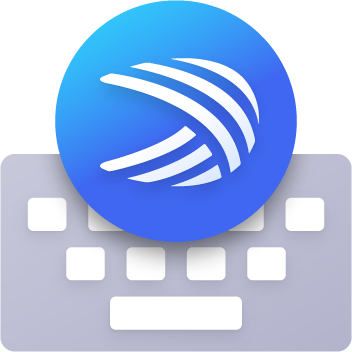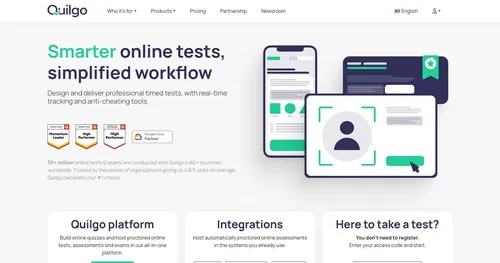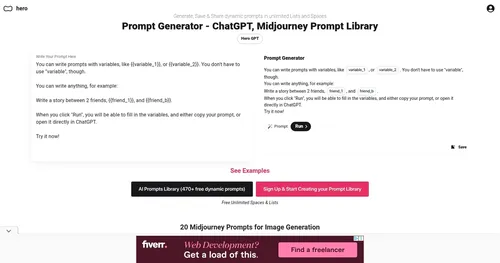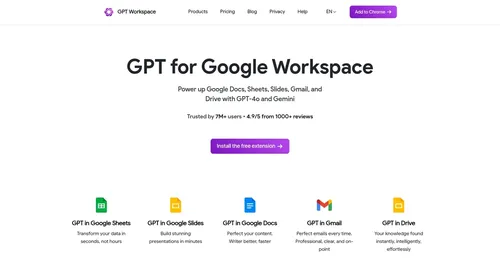SwiftKey AI Keyboard

Typing on a smartphone can feel like a chore, but Microsoft SwiftKey turns it into a breeze. This AI-driven keyboard learns how you type, predicts what you’ll say next, and sprinkles in some clever features to make texting or emailing feel less like work. I think it’s one of the smartest tools for anyone who’s ever fumbled with a touchscreen keyboard. Its ability to adapt to your unique writing style — whether you’re a casual texter or a multilingual professional — sets it apart in a crowded field of mobile keyboards.
SwiftKey’s strength lies in its predictive text, which feels almost psychic at times. It studies your typing habits, picking up on the words, phrases, and even emojis you use most. The result? You tap out entire words with one press, cutting down on typos and speeding up your flow. The SwiftKey Flow feature lets you slide your finger across the screen to type, a smooth alternative to pecking at keys. Plus, it supports over 700 languages, letting you switch between up to five without tweaking settings. Imagine drafting a message in English, then tossing in a Spanish phrase without missing a beat. It’s that seamless.
The integration with Microsoft’s Copilot AI adds a fresh layer of utility. Features like Chat, Search, and Tone help you craft messages with precision or pull up information right from the keyboard. Need to suggest a movie for a group chat? SwiftKey might offer “Dune” or “Anchorman” based on your past chats, complete with a matching emoji. The toolbar, an expandable menu of shortcuts, feels like a Swiss Army knife for texting, offering quick access to GIFs, stickers, and even task management with Microsoft To Do. Customization is another win — you can pick from over 100 colorful themes or use your own photo as a background.
That said, SwiftKey isn’t flawless. Some users report occasional slowdowns, especially on older devices, where the app might lag or freeze. The AI’s aggressive autocorrect can sometimes mangle your words, turning a quick text into a brief editing session. Compared to competitors like Gboard or Fleksy, SwiftKey’s learning curve might feel steeper for new users, particularly when navigating its many settings. Gboard, for instance, offers similar multilingual support and integrates tightly with Google services, while Fleksy emphasizes speed and privacy. Still, SwiftKey’s deep personalization and Copilot features give it an edge for those who value adaptability.
A surprise element is SwiftKey’s accessibility work, like its collaboration with Stephen Hawking to improve communication for those with motor neuron diseases. This isn’t just a keyboard; it’s a tool with heart. For potential drawbacks, the app’s reliance on cloud syncing for backups means you’ll need a Microsoft or Google account, which might annoy privacy-conscious folks. Also, while the iOS version is back after a brief discontinuation in 2022, some users still report glitches, like the keyboard switching to the native iPhone one unexpectedly.
Want to get the most out of SwiftKey? Spend a few minutes tweaking its settings to match your typing style. Enable the languages you need, play with the theme options, and sign into a Microsoft account for seamless syncing across devices. If you’re multilingual or just want a keyboard that feels like it’s reading your mind, give SwiftKey a spin. You might find it’s the upgrade your thumbs have been waiting for.
Video Overview ▶️
What are the key features? ⭐
- Predictive Text: Suggests words and phrases based on your typing habits for faster input.
- SwiftKey Flow: Allows gesture-based typing by sliding fingers across the keyboard.
- Multilingual Support: Enables typing in up to five languages without switching settings.
- Copilot Integration: Offers AI-powered Chat, Search, and Tone features for enhanced messaging.
- Customization: Provides over 100 themes and custom photo backgrounds for personalized keyboards.
Who is it for? 🤔
Examples of what you can use it for 💭
- Multilingual Student: Switches between English and Spanish for class notes and group chats effortlessly.
- Busy Professional: Uses Copilot’s Search to find data while drafting emails without leaving the keyboard.
- Casual Texter: Adds emojis and GIFs via the toolbar to make conversations more engaging.
- Accessibility User: Relies on SwiftKey Symbols for symbol-based communication if non-verbal.
- Creative Writer: Customizes the keyboard theme with a personal photo for a unique typing experience.
Pros & Cons ⚖️
- Adapts to your typing style
- Supports 700+ languages
- AI-powered Copilot features
- Lags on older devices
- iOS version has glitches
FAQs 💬
Related tools ↙️
-
 Quilgo
An AI tool that lets you automate online assessments, exams, and interviews
Quilgo
An AI tool that lets you automate online assessments, exams, and interviews
-
Inscribe Detects forged and AI-generated financial documents in real time using advanced AI agents
-
 Freshworks
An AI-powered customer service platform that aims to improve how businesses engage with their customers
Freshworks
An AI-powered customer service platform that aims to improve how businesses engage with their customers
-
WarrenAI An AI tool for people who want to understand the stock market better
-
 HeroGPT
Generate, save & share dynamic prompts for ChatGPT and Midjourney in unlimited Lists and Spaces
HeroGPT
Generate, save & share dynamic prompts for ChatGPT and Midjourney in unlimited Lists and Spaces
-
 GPT Workspace
An AI-powered tool that integrates into Google Workspace to enhance productivity
GPT Workspace
An AI-powered tool that integrates into Google Workspace to enhance productivity
